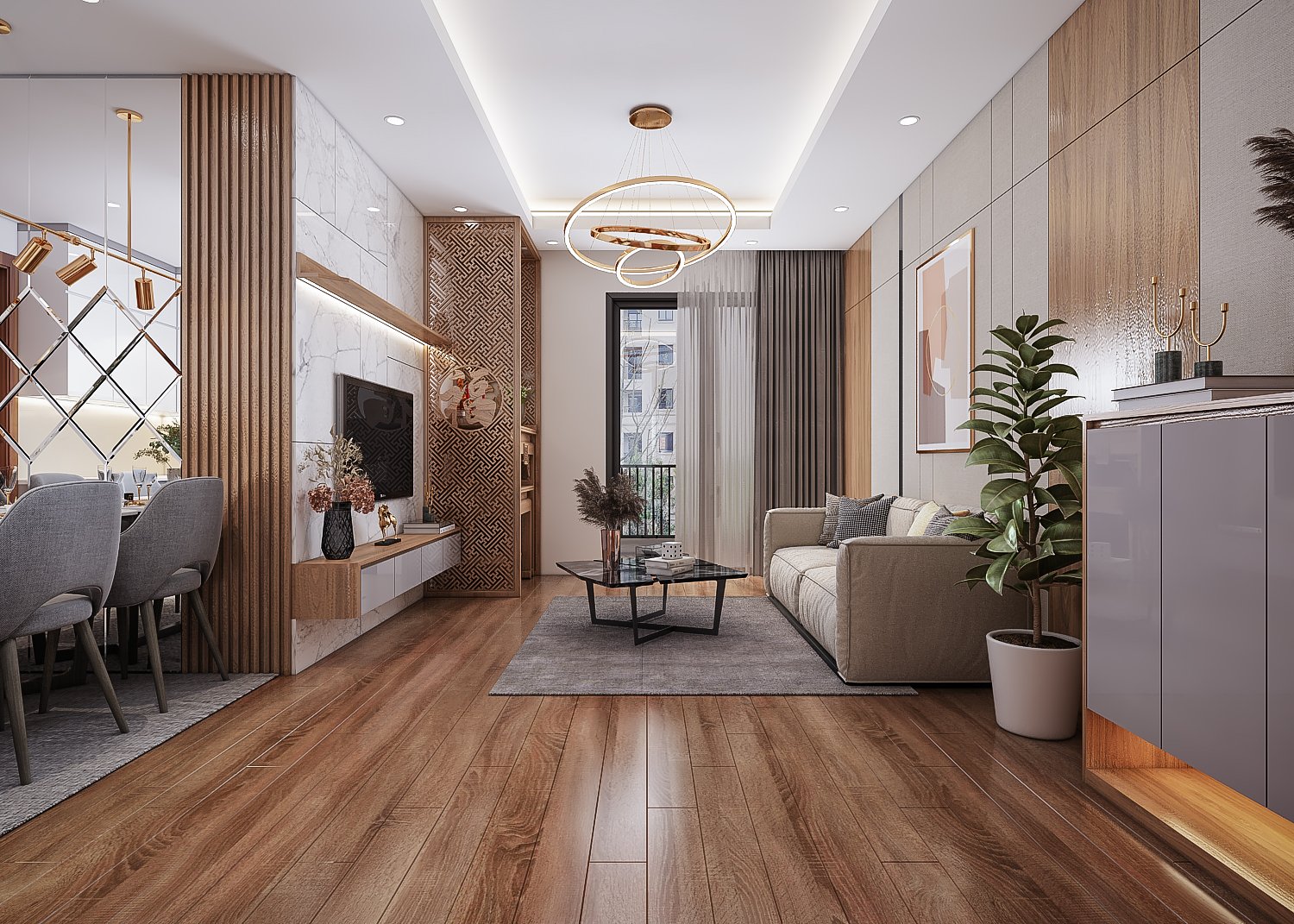How To Change a Subfloor
Altering a subflooring system beneath a wall might become compulsory if the subfloor is water-damaged or not structurally sound. It’s a labor and time-intensive mission requiring a fantastic grasp of constructing experience. A subfloor is a robust base beneath the bottom masking that you just rely upon for the soundness of a room’s floor and partitions.
Though it’s not the first assist system, like beams, posts, and joists, the subfloor does its truthful proportion. Altering a subfloor can typically escalate proper right into a additional essential mission, needing the help of consultants if the subflooring is beneath an exterior or load-bearing wall. In distinctive conditions, you probably can take away parts of the subfloor with out taking down the wall.
Wall and Floor Fundamentals
Partitions and flooring are interconnected, making a structurally tight system. From bottom to excessive, the widespread residence system will look one factor like this:
- Joist: A floor joist is an prolonged, horizontal piece of wood, usually 2×8 or 2×10 inches, that holds up the flooring.
- Subfloor: The subfloor is nailed to the very best of the joist. Normally 19/32-inch to 1 1/8-inch thick plywood or OSB, the subfloor might run repeatedly all through the joist, or two subfloor sections might meet on a joist.
- Underlayment: Some flooring have a thin underlayment that helps to straightforward the subfloor for the bottom masking. Not all flooring can have this.
- Floor masking: The bottom masking is more likely to be laminate flooring, vinyl tile, luxurious vinyl plank, or another sort of floor.
- Bottom wall plate: The underside wall plate is the bottom-most part of the wall. It is usually an 8-foot-long, 2×4 piece. Wall studs are nailed vertically to the underside wall plate, and the wall plate itself is nailed (downward) into the subfloor, with nails even extending into the joist. All devices apart from underlayment and floor masking rest beneath and are nailed to the underside wall plate.
Indicators You Should Change Your Subfloor
Moisture is commonly the most common rationalization for subfloor harm. This can be from flooding, burst pipes, or leaks. Excessive humidity can also set off harm, along with improper arrange.
There are some issues to look out for that help you know it’s time to change your subfloor:
- Squeaky flooring
- Uneven flooring
- A musty scent
- A unfastened toilet
- You’ll actually really feel the flooring switch in case you stroll
Eradicating the Subfloor Beneath Partitions
Eradicating the subfloor whereas the wall is in place is hard because of the subfloor is trapped beneath the wall. The tactic is very like sliding out a e e book nailed to the underside whereas a person is standing on it. It could be achieved, nonetheless it takes some effort and persistence. Don’t forget that within the occasion you need to protect the wall in place, you will solely have the power to remove part of the subfloor—to remove the subfloor all through a complete wall, you’ll have to take away the wall. A safe width to remove is 14 inches since this represents the span between two joists or two studs.
Whereas it would seem tempting to alternate the subfloor from beneath in case your personal residence has entry from the basement to this area, it should always get changed from the very best. Change a water-damaged or in some other case structurally unsafe subfloor by eradicating the bottom masking and underlayment above it, then chopping out the outdated subfloor and placing in new supplies.
Sooner than You Begin
On {the electrical} service panel, flip off any circuits that run to the world the place chances are you’ll be eradicating the subfloor. Shut off any affected water strains. While you’ve acquired intermediary water shut-offs, shut the water off there. If not, shut off water to your complete residence on the foremost shut-off valve.




:max_bytes(150000):strip_icc()/carpet-vs-hardwood-showdown-1314686_hero-ec90c8bd7b234aa9919b17a37a5dc1e5.jpg?w=1200&resize=1200,0&ssl=1)
:max_bytes(150000):strip_icc()/hill-street-studios-main-ce9ad3e26c4c45eda7d4f6970a9eb28a.jpg?w=1200&resize=1200,0&ssl=1)
:max_bytes(150000):strip_icc()/how-to-renovate-a-house-1822429-hero-6b92a42a75a841d4b6f5c031a23d2b70.jpg?w=1200&resize=1200,0&ssl=1)